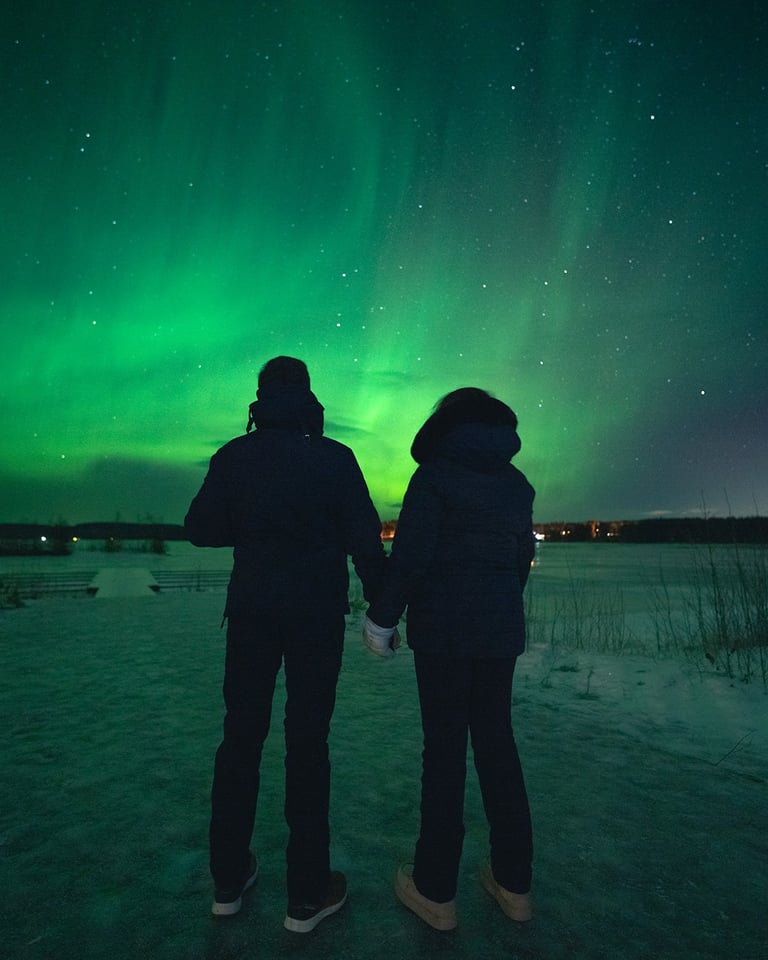Myths and stories about northern lights
Northern Lights, or Aurora Borealis, are one of the nature's most breathtaking phenomena, captivating observers with their vibrant, dancing colors across the night sky. This stunning light display occurs when charged particles from the sun collide with gases in Earth's atmosphere, creating shimmering waves of green, purple, and pink. The beauty of the Northern Lights goes beyond their visual allure; they are steeped in cultural significance and ancient stories across various civilizations.
In Norse mythology, the lights were thought to be the armor of the Valkyries, warrior maidens guiding fallen heroes to Valhalla.
For the Sámi people of northern Scandinavia, the lights represented the souls of their ancestors, a sacred connection to their past.
In Alaska, indigenous tribes believed that the lights were spirits playing a game with a walrus skull, reflecting their deep connection to nature and the supernatural.
In Finland, the lights were known as "revontulet," or "fox fires," inspired by tales of a mythical fox sweeping its tail across the snow, sending sparks into the sky.
These stories highlight the awe and reverence that people have held for the Northern Lights throughout history. Today, while science explains the phenomenon, these cultural narratives continue to enrich the experience, reminding us of our shared wonder and the mysteries of the natural world. Whether viewed as a scientific marvel or a mystical spectacle, the Northern Lights continue to inspire and fascinate, drawing people from around the globe to witness their ethereal beauty.




